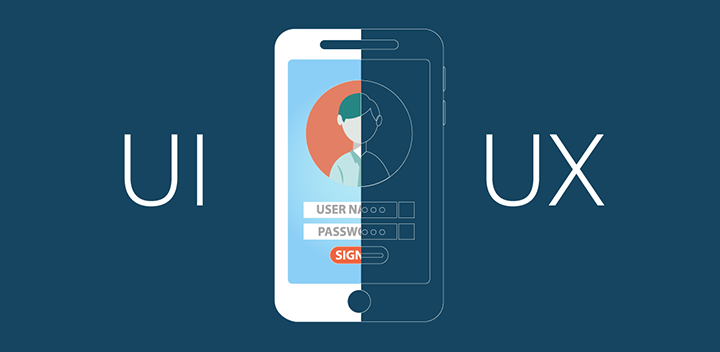

Inclusive Design: Creating for Diverse User Experiences
Embark on a journey into the world of inclusive design, where the goal is to create digital experiences that cater to the diverse needs and abilities of users. In this blog post, we explore the principles and practices of inclusive design, emphasizing the importance of considering accessibility and diversity throughout the design process.
1. Understanding Inclusive Design
Subheading: “Beyond Accessibility: The Inclusive Mindset”
- Define inclusive design and distinguish it from traditional accessibility.
- Emphasize the mindset shift from accommodating specific needs to embracing diversity.
Subheading: “User-Centered Design for All”
- Discuss how inclusive design places users at the center, considering a wide range of abilities, backgrounds, and preferences.
- Explore the benefits of designing with diverse users in mind.
2. Embracing Diversity in User Personas
Subheading: “Creating Inclusive User Personas”
- Discuss the importance of diverse user personas that represent various abilities, ages, cultures, and contexts.
- Explore methods for researching and crafting personas that reflect the user spectrum.
Subheading: “Empathy in Design: Walk in Their Shoes”
- Emphasize the role of empathy in understanding the challenges and experiences of diverse users.
- Share strategies for designers to develop a deep understanding of user perspectives.
3. Accessible and Inclusive Visual Design
Subheading: “Color and Contrast for All”
- Discuss best practices for creating accessible color choices and contrasts.
- Explore tools and guidelines for ensuring readability and usability for users with visual impairments.
Subheading: “Universal Design Principles in UI”
- Highlight universal design principles that benefit users with diverse abilities.
- Discuss how clear layouts, consistent navigation, and intuitive interactions contribute to inclusivity.
4. Inclusive Interaction and User Experience (UX)
Subheading: “Responsive Design for Diverse Devices”
- Discuss the importance of responsive design in accommodating users on various devices.
- Explore how flexible layouts and adaptive interfaces enhance the overall user experience.
Subheading: “Voice and Gesture Interfaces”
- Explore the potential of voice and gesture interfaces for users with different abilities.
- Discuss considerations for designing inclusive interactions beyond traditional input methods.
5. Testing and Iterating with Diverse Users
Subheading: “User Testing with Accessibility in Mind”
- Discuss the significance of user testing that includes participants with diverse abilities.
- Share strategies for gathering meaningful feedback from users with different needs.
Subheading: “Continuous Iteration for Inclusivity”
- Highlight the iterative nature of inclusive design.
- Discuss how continuous improvement is essential for creating digital experiences that evolve with user needs.
Conclusion
Inclusive design is not just a checkbox; it’s a commitment to creating digital spaces that welcome and empower everyone. By embracing diversity from the start, designers pave the way for innovative, accessible, and inclusive user experiences that leave no one behind. As we journey towards digital inclusivity, each design decision becomes an opportunity to celebrate diversity and ensure that technology serves all users, regardless of their abilities or backgrounds.



